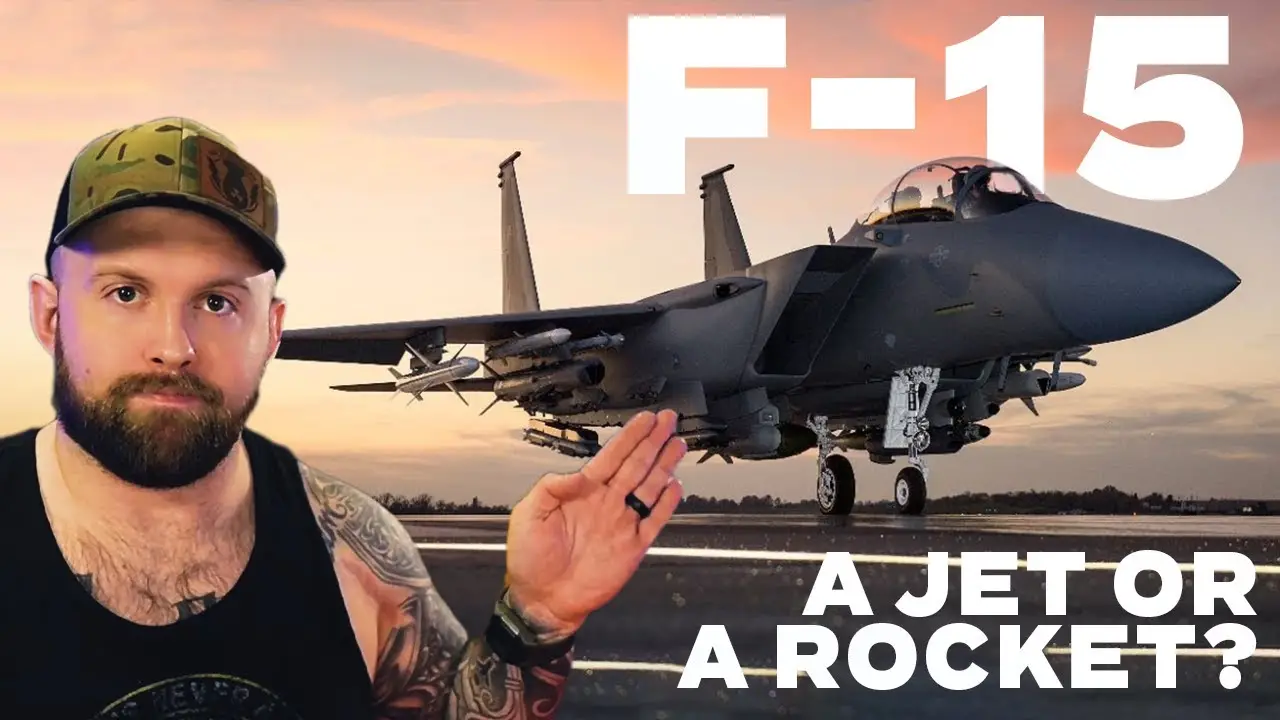Evolution of Fighter Aircraft From Early Jets to Advanced Tech
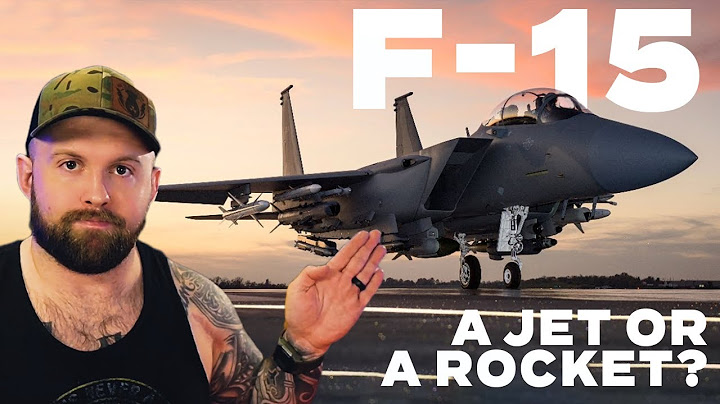
Fighter aircraft have been an integral part of aerial warfare for almost a century, constantly evolving and adapting to new technologies and tactics. From the early days of propeller-driven fighters to the advanced stealth aircraft of today, fighter technology has continuously pushed the boundaries of innovation. In this article, we will explore the evolution of fighter aircraft over time, from the development of supersonic flight to the incorporation of advanced avionics and artificial intelligence.
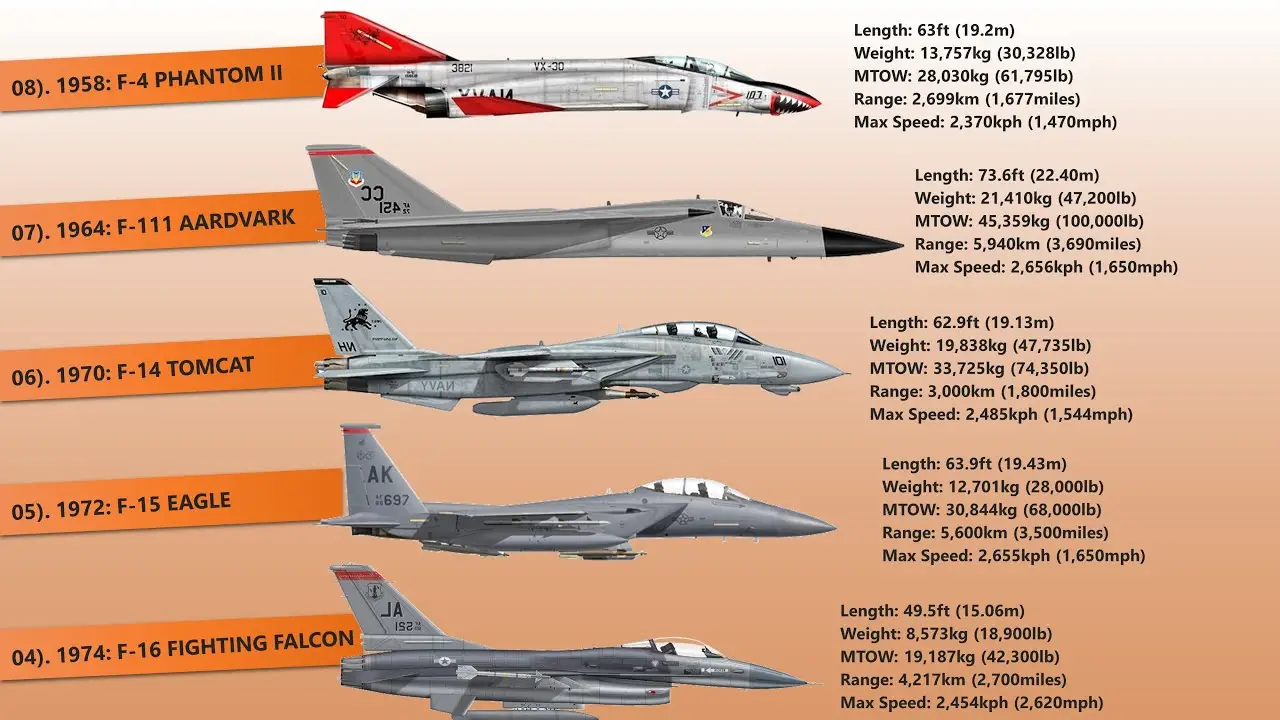
The Evolution of Fighter Aircraft over Time
The first fighter aircraft were developed during World War I, with the primary purpose of engaging enemy aircraft in aerial combat. These early fighters were typically biplanes, powered by piston engines and armed with machine guns. However, it wasn’t until the mid-20th century that fighter aircraft underwent a significant transformation with the introduction of jet engines.
Supersonic Flight and the Development of Jet-Engine Powered Fighters
The advent of jet engines in the 1940s revolutionized fighter aircraft design. Jet engines provided unparalleled thrust and speed, enabling fighters to break the sound barrier and achieve supersonic flight. This breakthrough in technology led to the development of some of the most iconic fighter aircraft in history, such as the F-86 Sabre and the MiG-15.
One of the first operational supersonic fighters was the F-100 Super Sabre, developed by the United States in the 1950s. This aircraft set new speed records and became a symbol of air superiority during the Cold War. It was also the first fighter to incorporate an afterburner, which allowed for increased thrust and speed.
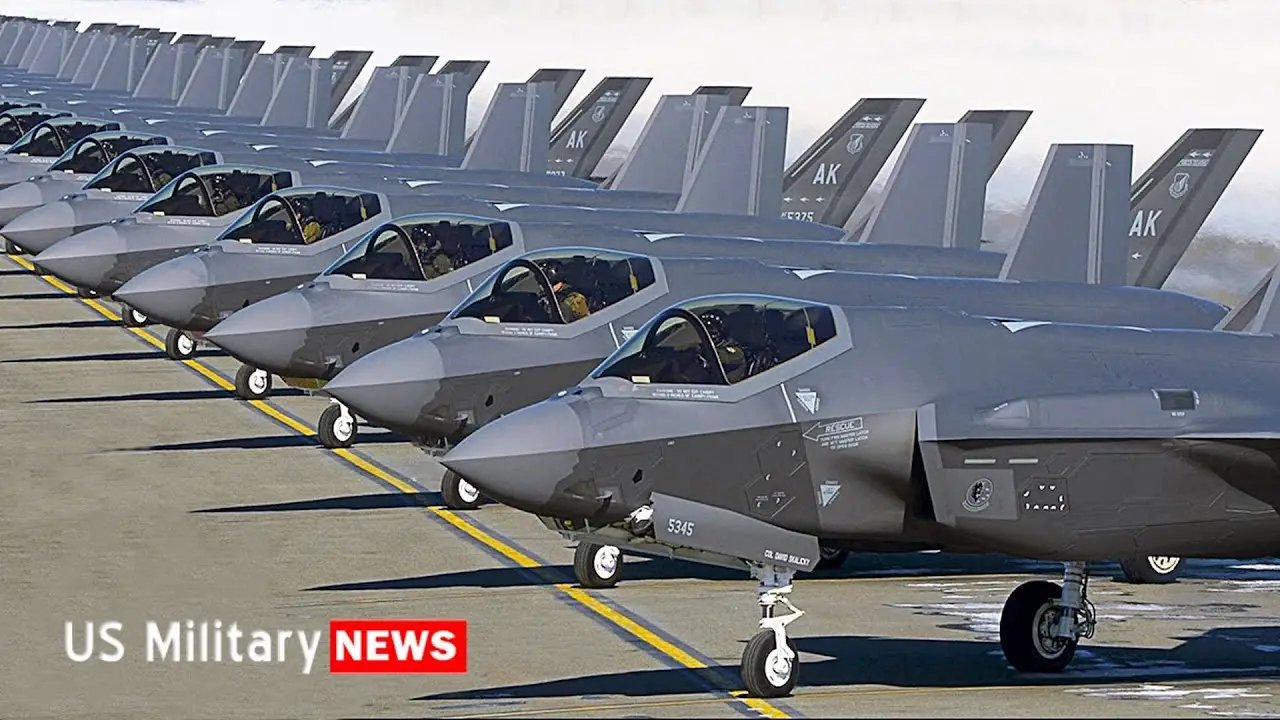
With the advancement of jet-engine technology, fighter aircraft became faster, more maneuverable, and more lethal. The development of air-to-air missiles and radar-guided weapons further enhanced their capabilities, making them a formidable force in aerial combat.
The Role of Stealth Technology in Modern Fighter Design
Stealth technology has become an essential feature for modern fighter aircraft. By using radar-absorbent materials and shaping techniques, stealth fighters can evade radar detection, making them difficult for enemy air defenses to track and target.
One of the most famous stealth fighters is the F-22 Raptor, developed by Lockheed Martin for the United States Air Force. This fifth-generation fighter incorporates advanced stealth technology, along with advanced avionics and sensor systems, making it one of the most advanced and capable fighter aircraft in the world.
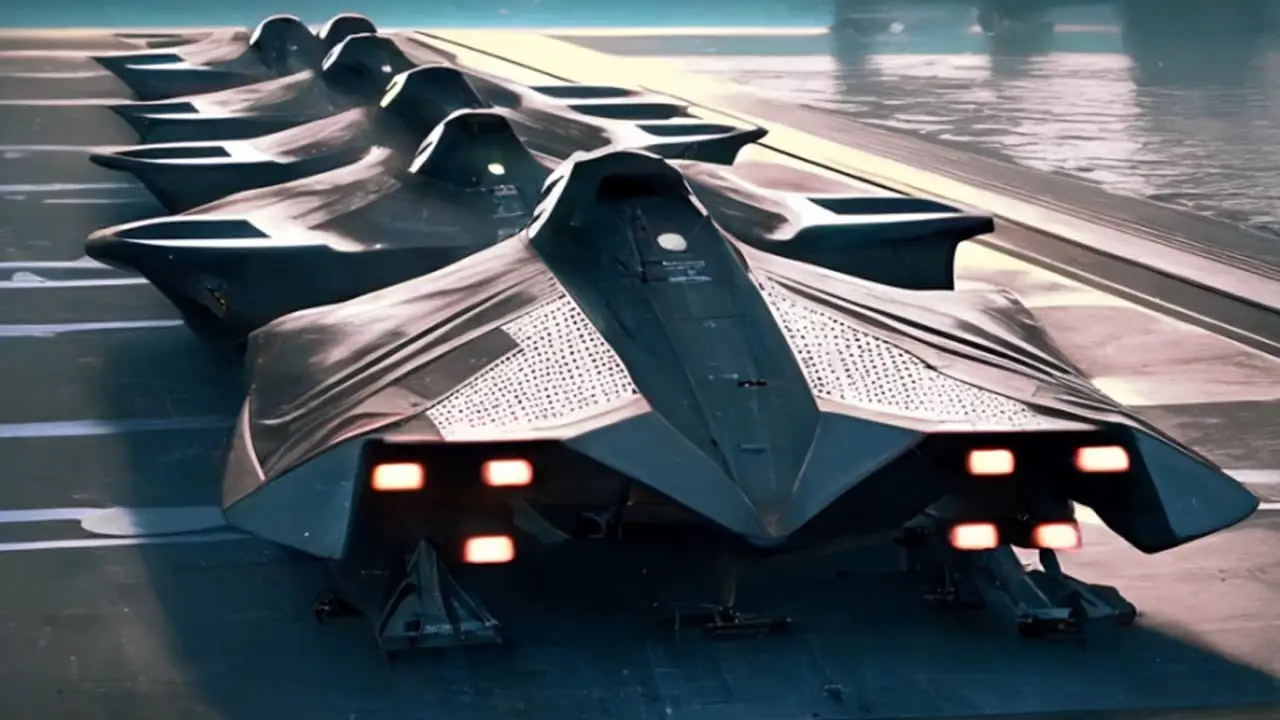
The F-35 Lightning II, also developed by Lockheed Martin, is another example of a stealth fighter that has been widely adopted by various countries around the world. Its multi-role capabilities, advanced sensors, and stealth features make it a versatile and lethal asset in modern warfare.
Advanced Avionics and Sensor Systems in Fighter Aircraft
In addition to speed and stealth, modern fighter aircraft also rely heavily on advanced avionics and sensor systems. These technologies provide pilots with real-time situational awareness, allowing them to make informed decisions and engage targets effectively.
Radar and Targeting Systems
Radar has been a critical component of fighter aircraft since its introduction in the 1940s. It allows pilots to detect and track enemy aircraft, providing them with valuable information about their location, speed, and direction. Over the years, radar technology has evolved significantly, with the incorporation of active electronically scanned array (AESA) radars, which offer improved range, resolution, and reliability.
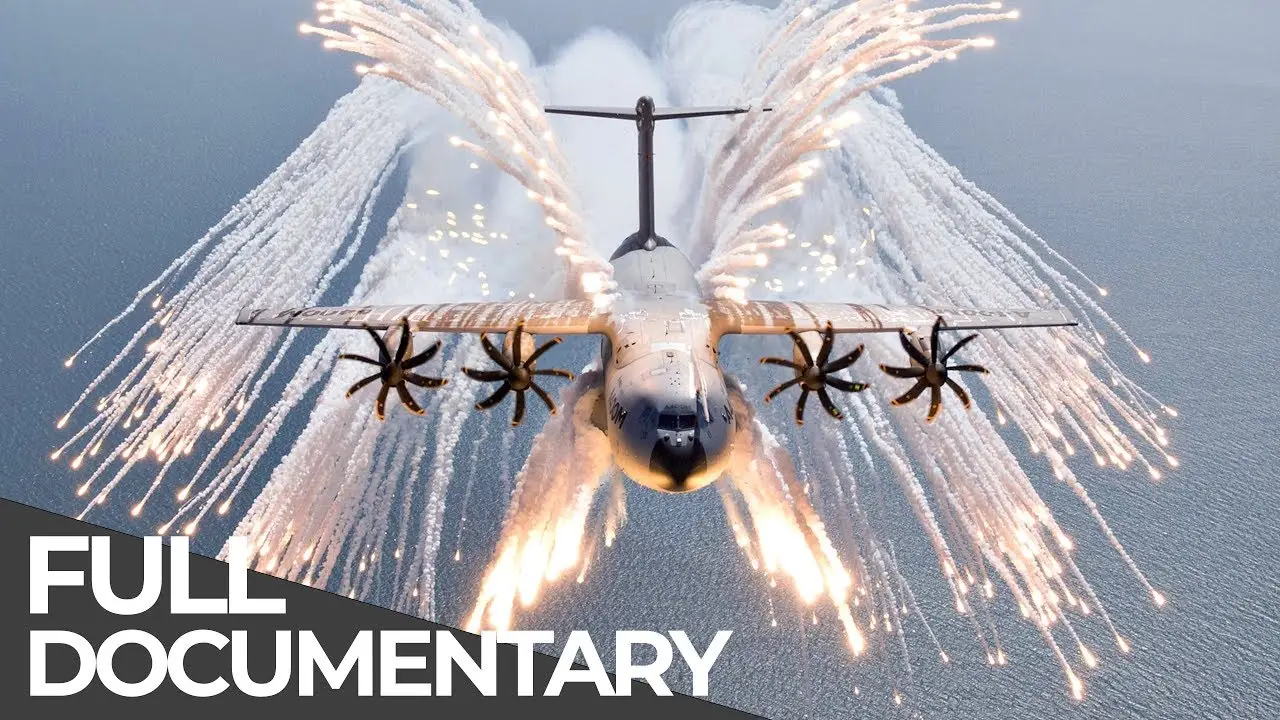
Targeting systems, such as infrared search and track (IRST), have also become essential in modern fighter design. These systems use infrared sensors to detect and track heat signatures from enemy aircraft, even when they are not emitting radar signals. This provides pilots with an additional layer of situational awareness and allows them to engage targets beyond the range of traditional radar-guided weapons.
Electronic Warfare and Countermeasures
Electronic warfare (EW) capabilities have become increasingly important in modern fighter aircraft. EW systems can detect, identify, and jam enemy radar signals, providing pilots with a tactical advantage in combat. They also play a crucial role in protecting the aircraft from incoming threats, such as surface-to-air missiles.
Countermeasures, such as chaff and flares, are also used to confuse and distract enemy missiles. These small, lightweight decoys are released from the aircraft and create false targets for incoming missiles, increasing the chances of evading them.
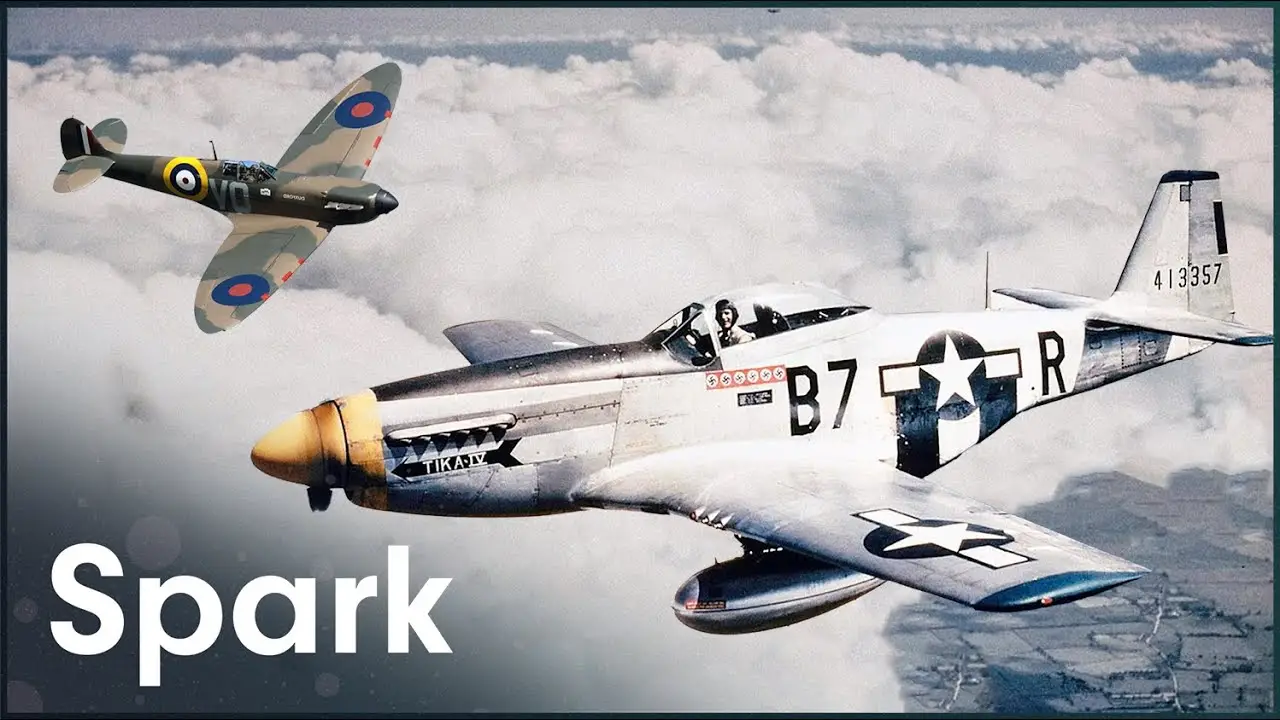
The Impact of Artificial Intelligence on Fighter Aircraft Technology
Artificial intelligence (AI) has been making its way into various industries, and the defense sector is no exception. In recent years, there has been a growing interest in incorporating AI into fighter aircraft technology, with the goal of enhancing their capabilities and reducing pilot workload.
Autonomous Flight and Decision-Making
One of the most significant potential applications of AI in fighter aircraft is autonomous flight. This would allow the aircraft to operate without direct human control, using AI algorithms to make decisions and carry out missions. This could potentially reduce the risk to pilots and increase the effectiveness of missions.
However, there are still many challenges to overcome before fully autonomous fighter aircraft become a reality. Safety concerns, ethical considerations, and the need for human oversight are just some of the factors that need to be addressed before this technology can be implemented.
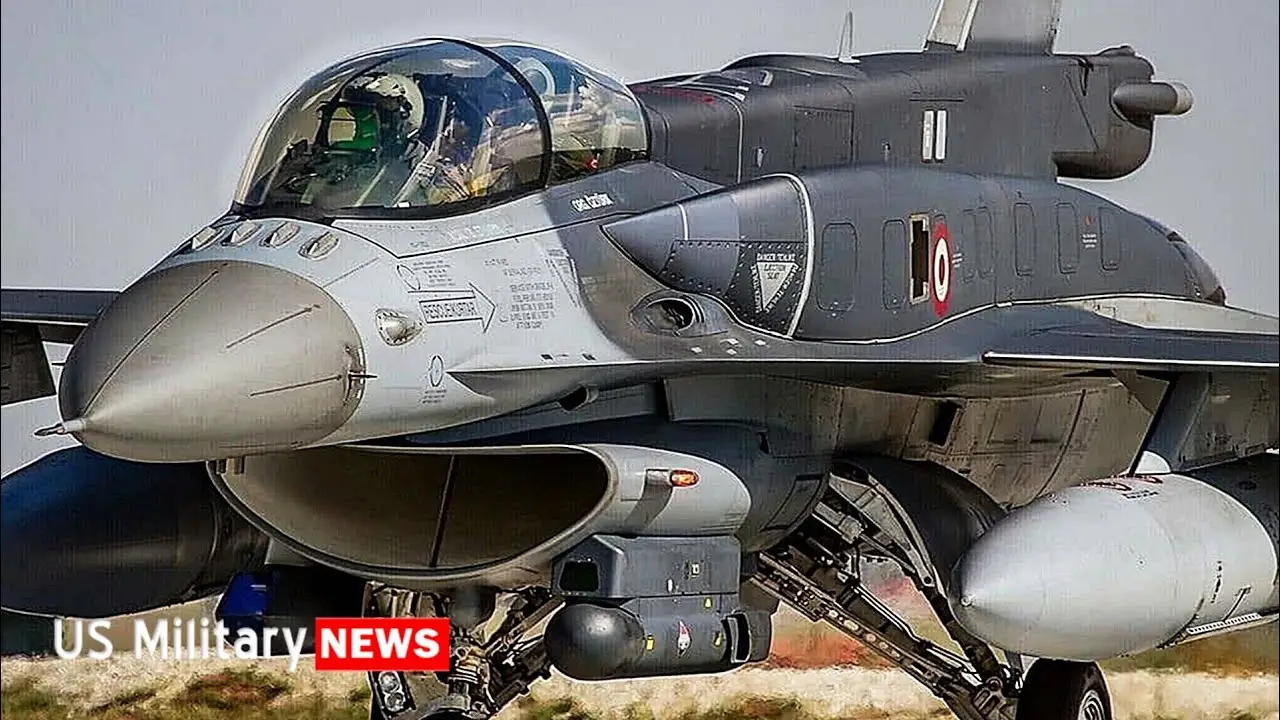
Enhanced Situational Awareness and Targeting
AI can also be used to enhance situational awareness and targeting capabilities in fighter aircraft. By analyzing vast amounts of data from various sensors and sources, AI algorithms can provide pilots with a more comprehensive and accurate picture of the battlefield. This can help them make better-informed decisions and engage targets more effectively.
Hypersonic Flight and Future Fighter Aircraft Developments
The latest frontier in fighter aircraft technology is hypersonic flight, which involves flying at speeds greater than Mach 5 (five times the speed of sound). This technology has the potential to revolutionize aerial warfare, with the ability to strike targets at unprecedented speeds and distances.
Several countries, including the United States, Russia, and China, are currently developing hypersonic weapons and vehicles. These include hypersonic cruise missiles and hypersonic glide vehicles, which could be launched from fighter aircraft. The incorporation of hypersonic technology into fighter aircraft would give them a significant advantage on the battlefield, making them even more lethal and capable.
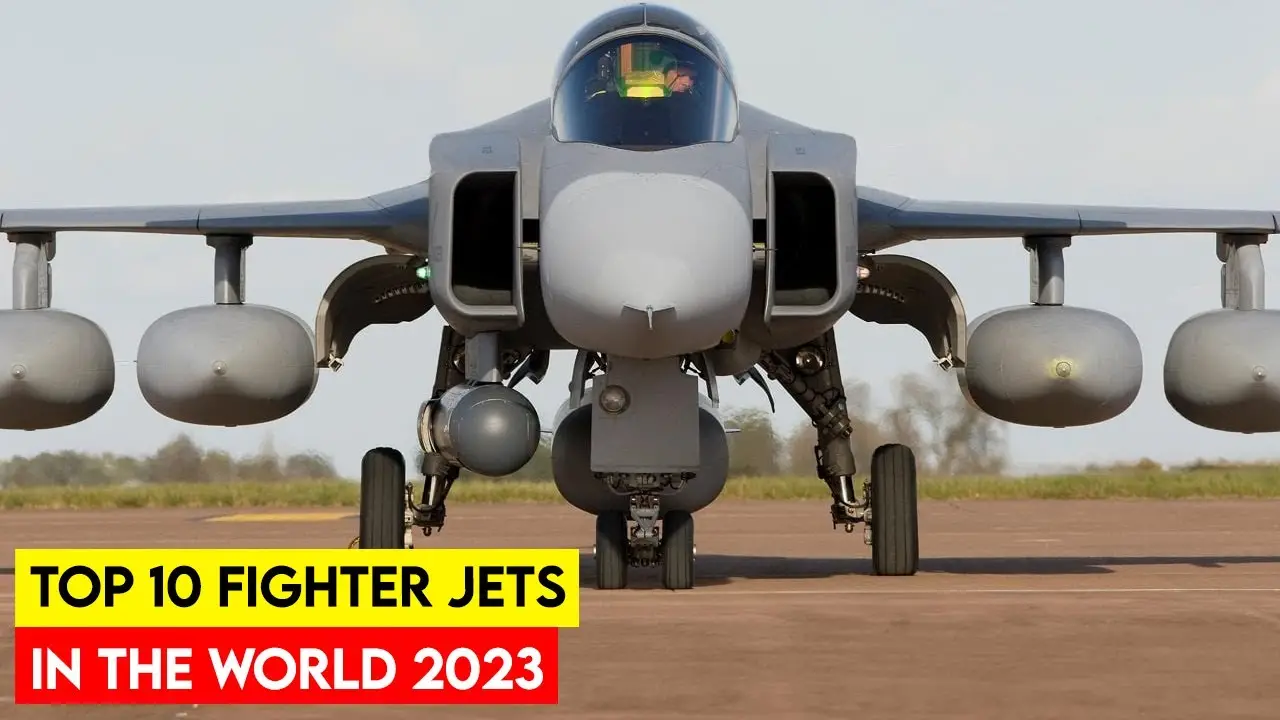
The Role of Fighter Aircraft in Modern Aerial Warfare
Despite the advancements in technology and the development of new weapons systems, fighter aircraft remain a crucial component of modern aerial warfare. They provide air superiority, perform ground attack missions, and support other branches of the military. Their speed, maneuverability, and firepower make them an essential asset in any conflict.
Fighter Aircraft Training and Simulation
The training of fighter pilots is a critical aspect of maintaining air superiority. With the increasing complexity of fighter aircraft and their systems, it is essential to have well-trained and skilled pilots who can effectively operate these advanced machines.
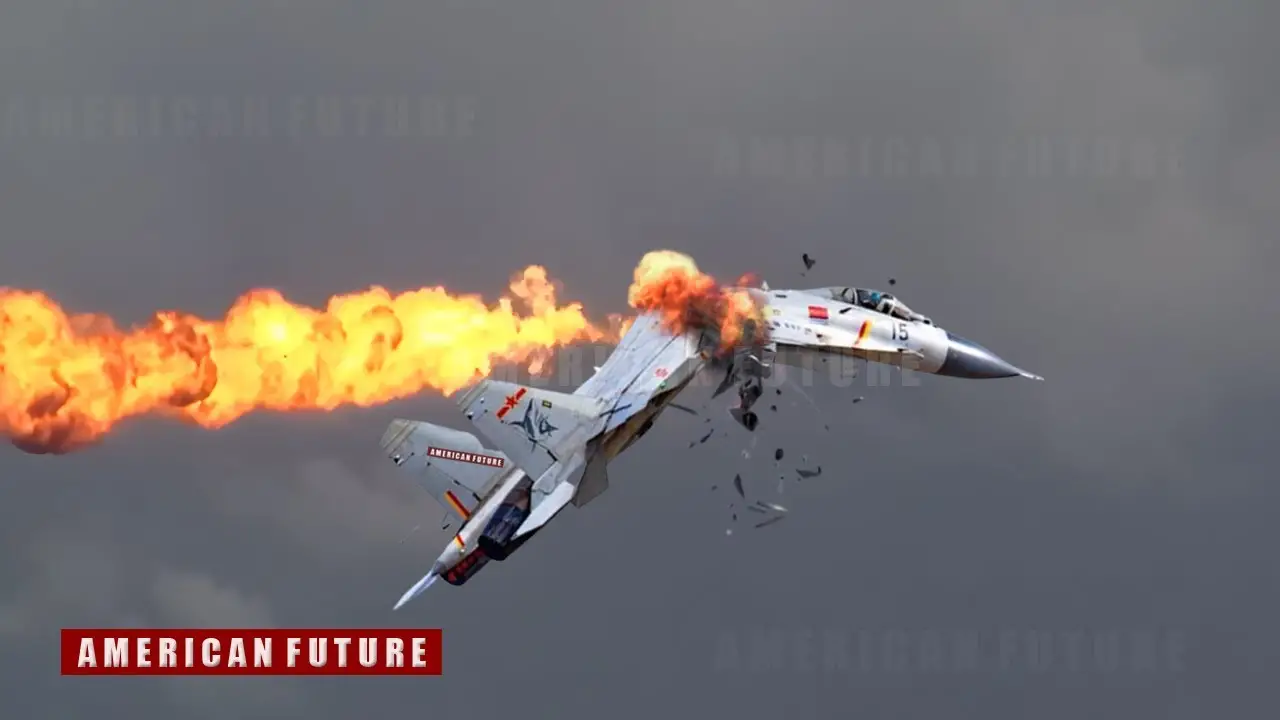
Simulation technology has become an integral part of fighter pilot training, allowing them to practice various scenarios and hone their skills in a safe and controlled environment. This also reduces the cost of training, as it eliminates the need for expensive flight hours in actual aircraft.
Introduction to Combat Aircrafts
Global Fighter Aircraft Market Trends
The global fighter aircraft market has seen significant growth in recent years, driven by the demand for advanced and capable fighter aircraft. According to a report by Market Research Future, the global fighter aircraft market is expected to reach a value of USD 9.8 billion by 2023, growing at a CAGR of 4.80% during the forecast period.
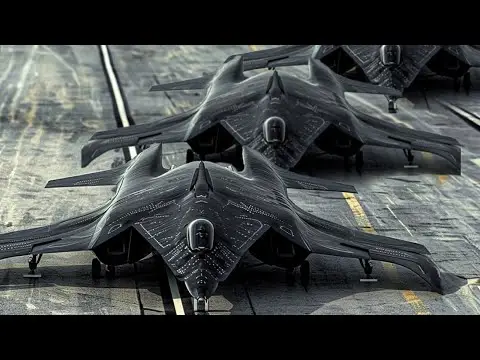
The Asia-Pacific region is expected to dominate the market, with countries like China, India, and Japan investing heavily in the development and acquisition of advanced fighter aircraft. The Middle East and Africa region is also expected to see significant growth, with countries like Saudi Arabia and the United Arab Emirates investing in modernizing their air forces.
The Future of Fighter Aircraft in a Changing Security Landscape
The security landscape is constantly evolving, with new threats emerging and traditional warfare tactics becoming less relevant. As a result, fighter aircraft technology will continue to evolve and adapt to these changes, incorporating new technologies and capabilities to maintain their effectiveness on the battlefield.
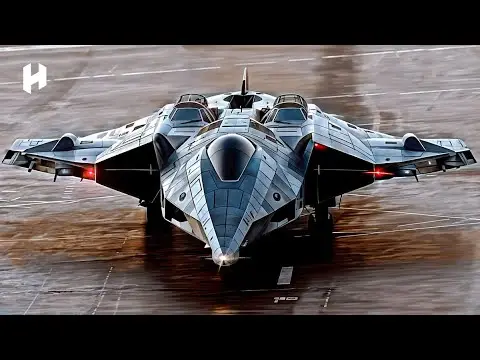
One of the key challenges for future fighter aircraft will be to strike a balance between advanced technology and cost-effectiveness. With the increasing complexity and cost of developing and maintaining fighter aircraft, it is essential to find ways to reduce costs without compromising on capabilities.
Conclusion
The evolution of fighter aircraft over the past century has been nothing short of remarkable. From the early days of propeller-driven fighters to the advanced stealth aircraft of today, fighter technology has continuously pushed the boundaries of innovation. With the incorporation of advanced avionics, artificial intelligence, and hypersonic technology, the future of fighter aircraft looks even more promising. However, as we look towards the future, it is crucial to remember the critical role that fighter aircraft have played and continue to play in modern aerial warfare.
